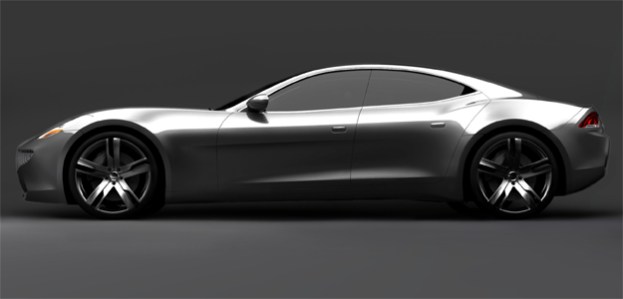 A less-than-positive review in the New York Times has unleashed the ire of Tesla Motors founder and CEO Elon Musk. After Times reviewer was unable to duplicate Tesla’s range claims for the 85-kWh Model S on a drive from Washington, D.C. to New England, Musk threw out a few choice words on Twitter and CNBC.
A less-than-positive review in the New York Times has unleashed the ire of Tesla Motors founder and CEO Elon Musk. After Times reviewer was unable to duplicate Tesla’s range claims for the 85-kWh Model S on a drive from Washington, D.C. to New England, Musk threw out a few choice words on Twitter and CNBC.
It all started with John M. Broder’s review, which was published in the New York Times this past Sunday. In the article, Broder says he had to power down the Model S’ heating and crawl along at 54 mph on a highway with a 65 mph speed limit to keep his Model S from dying.
This was despite the fact that Broder stopped at Tesla’s two East Coast Supercharger stations (in Newark, Delaware and Milford, Connecticut) to recharge. When he left Newark, the battery meter said he had a full charge, which should have been enough to complete the trip. Instead, Broder spent part of his return trip on the back of a tow truck.
Musk responded to the article with a tweet stating that “NYTimes article about Tesla range in cold is fake. Vehicle logs tell true story that he didn’t actually charge to max & took a long detour.”
The Tesla CEO went on to say that his company had verified the state of charge and the route Broder took with the car’s onboard data logger.
“Tesla data logging is only turned on with explicit written permission from customers, but after Top Gear BS, we always keep it on for media,” Musk tweeted. Tesla sued the popular BBC car show over a supposedly libelous review of its Roadster sports car. The original suit and Tesla’s appeal were both thrown out.
Musk also went on CNBC and called the Times article “something of a set-up.”
“If you had a gasoline car,” Musk said, and “if you only filled the tank part way, and instead of driving to your destination, you meandered through downtown Manhattan, and through all the traffic and everything, and then raced to where you were originally supposed to go, and you ran out of gas, people would just think you’re a fool.”

In his article, Broder also describes several Tesla employees who said the Model S’ diminishing range was the result of low temperatures. After the article ran, Broder was told, by both Tesla employees and random Internet commenters, that he should have left the car plugged in overnight at the Connecticut Supercharger station to compensate.
The Supercharger also has a “Max Range” setting, which can add 25 miles to a Model S’ range, but takes longer and can damage the battery if overused. Despite contacting Tesla numerous times over the course of his trip, Broder says he was not instructed to use the Max Range setting.
Editors' Recommendations
- New Model 3 ‘takes out the baby fat,’ Tesla designer says in new video
- Tesla Model S vs. Model X: Which is right for you?
- Watch Elon Musk’s high-speed start to Tesla’s Model S Plaid delivery event
- 2020 Tesla Model S vs. 2020 Tesla Model 3
- A gaming Tesla? New Model S to use same GPU as PlayStation 5 and Xbox Series X


